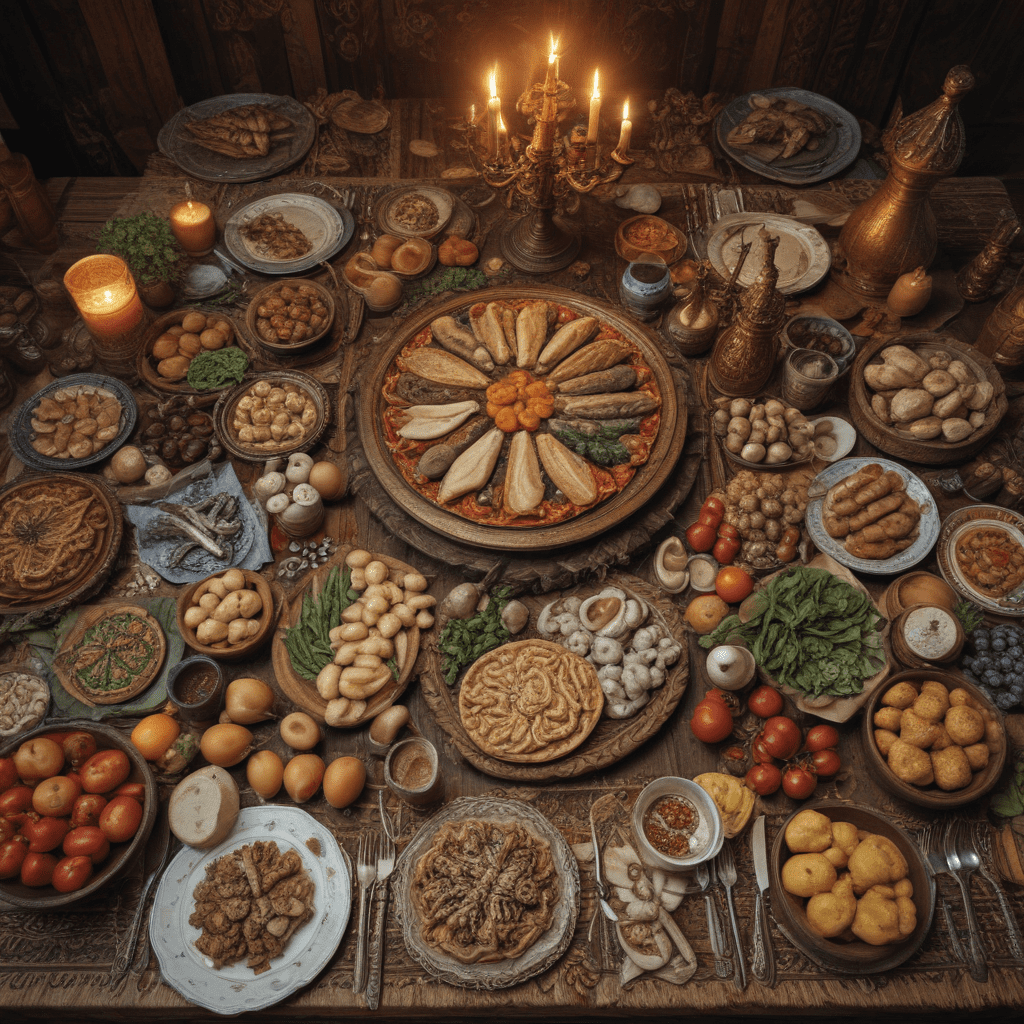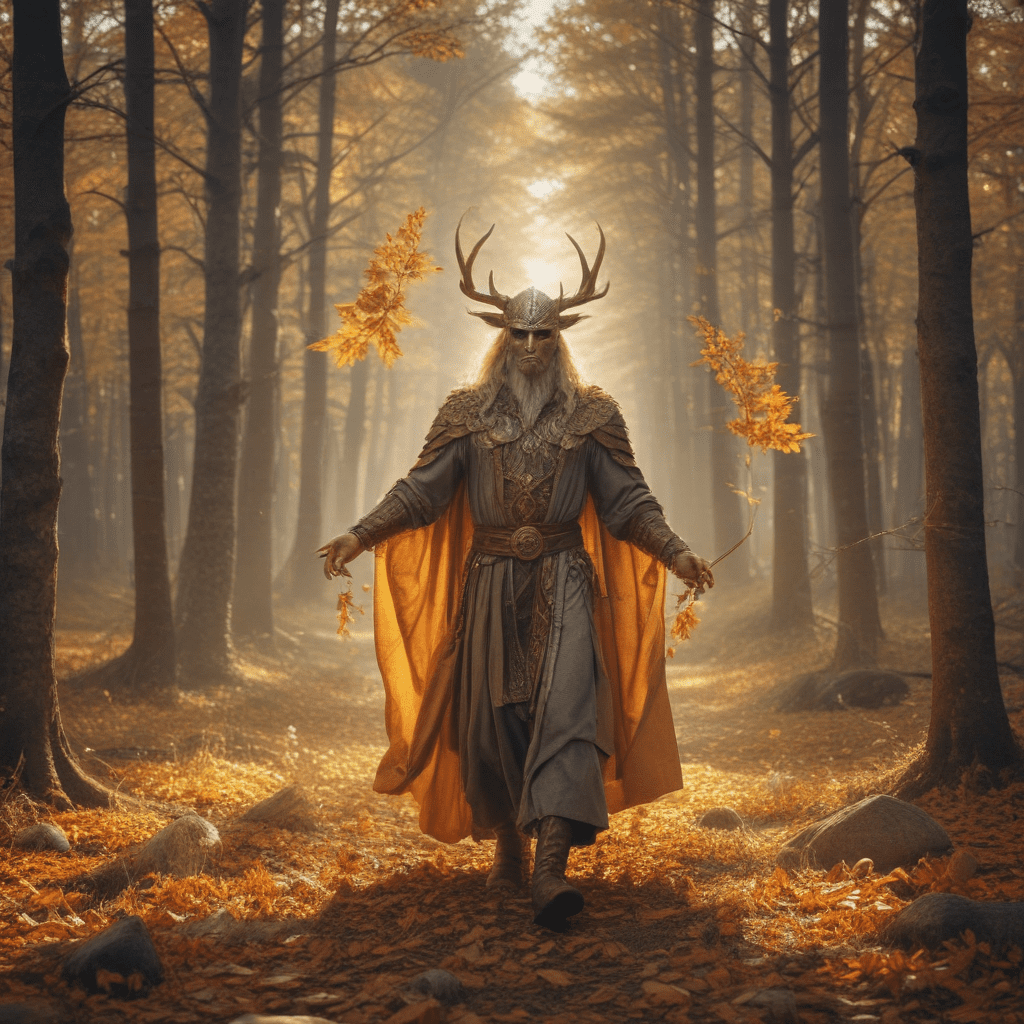The Role of Tricksters in Indigenous Mythologies
Introduction to Trickster Archetypes
Tricksters are fascinating figures found in various mythologies and folklore around the world. They are often portrayed as cunning, clever, and mischievous characters who challenge the status quo and defy conventional norms. Trickster figures serve multiple roles, from comic relief to profound teachers, and they often embody the complexities of human nature.
The significance of tricksters extends beyond mere entertainment; they play a vital role in the cultural narratives of many societies, particularly in Indigenous cultures. By examining the role of tricksters in Indigenous mythologies, we can gain insight into their importance as cultural touchstones that reflect societal values and beliefs.
Historical Context of Indigenous Mythologies
Indigenous cultures across the globe have rich oral traditions that preserve their histories, cosmologies, and ethical teachings. These oral stories, passed down through generations, serve as a means of education and cultural transmission.
Trickster narratives are integral to these oral traditions, often illustrating the complexities of life, the balance of nature, and the consequences of human actions. Tricksters not only entertain but also provoke thought and reflection through their stories, challenging listeners to reconsider their perspectives on life and morality.
Cultural Variations of Tricksters
Trickster figures vary greatly across different Indigenous cultures, each embodying unique attributes and moral lessons. Here are a few notable examples:
- Coyote: In many North American Indigenous cultures, Coyote is a central trickster figure known for his cunning and ability to outsmart others. He often embodies the duality of creation and destruction.
- Raven: Another prominent trickster in the Pacific Northwest, Raven is seen as a creator and a transformer, often bringing light to the world while also engaging in trickery and deception.
- Anansi: In South American and Caribbean mythology, Anansi the Spider is a celebrated trickster known for his cleverness and resourcefulness. He often teaches lessons about wisdom and the consequences of greed.
Common Traits and Characteristics of Tricksters
Despite their cultural variations, trickster figures share several common traits:
- Intelligence: Tricksters are often depicted as highly intelligent beings who use their wits to navigate challenges.
- Cunning: They are adept at deception, often outsmarting more powerful characters.
- Humor: Tricksters employ humor and playfulness, making their stories engaging and relatable.
- Dual Nature: Tricksters embody both creation and destruction, highlighting the balance of these forces in life.
The Role of Tricksters in Teaching Lessons
Tricksters are not merely chaotic figures; they often embody moral and ethical lessons that resonate within their cultural contexts. Through their actions, tricksters teach important values such as:
- Respect for nature and the interconnectedness of all beings.
- The consequences of selfishness and greed.
- The importance of adaptability and resilience in the face of adversity.
For example, in the story of Coyote stealing fire, his actions lead to both chaos and enlightenment, illustrating the complexity of human desires and the consequences of our actions.
Tricksters as Agents of Change
Tricksters are often seen as agents of change within their narratives. They challenge societal norms and hierarchies, acting as catalysts for transformation. By breaking rules and defying authority, tricksters encourage characters and listeners alike to question established beliefs and practices.
In many myths, the actions of the trickster lead to significant changes in the natural world or social order, prompting a re-evaluation of roles and relationships within the community.
Tricksters and the Natural World
The relationship between tricksters and the natural world is a recurring theme in Indigenous cosmologies. Tricksters often interact with animals and elements of nature, demonstrating their influence over the environment. For instance:
- Coyote: His exploits often result in changes to the landscape and animal behaviors, reflecting the interconnectedness of life.
- Raven: As a transformative figure, Raven’s actions can bring forth new life and light, shaping the world around him.
These stories emphasize the importance of respecting nature and understanding the balance between human actions and environmental consequences.
Modern Interpretations of Trickster Figures
In contemporary Indigenous art and literature, trickster archetypes continue to thrive, reflecting ongoing cultural relevance. Modern creators reinterpret traditional narratives, blending them with contemporary themes and issues. This revitalization serves to reconnect Indigenous people with their heritage while addressing contemporary challenges.
Tricksters in modern contexts can also be seen as symbols of resistance and resilience, embodying the spirit of adaptability in the face of adversity.
Challenges and Misunderstandings of Trickster Narratives
Despite their significance, trickster figures often face misrepresentation in popular culture. Appropriation and oversimplification can lead to misunderstandings of their roles within Indigenous narratives. Colonial perspectives may further distort the meaning of these figures, reducing them to mere caricatures rather than recognizing their profound cultural significance.
It is crucial to approach Indigenous trickster myths with respect and an understanding of their complex narratives and the values they convey.
Conclusion: The Enduring Legacy of Tricksters in Indigenous Mythologies
In conclusion, tricksters play a vital role in Indigenous mythologies, serving as complex figures that embody cultural values, ethical lessons, and the nuances of human experience. Their narratives continue to resonate today, reflecting the ongoing significance of these archetypes in contemporary Indigenous life and spirituality.
The legacy of tricksters reminds us of the importance of storytelling as a means of cultural preservation and the power of narratives to challenge, inspire, and transform.




